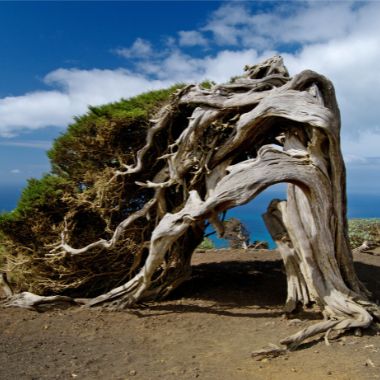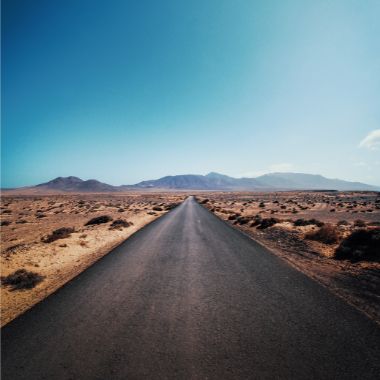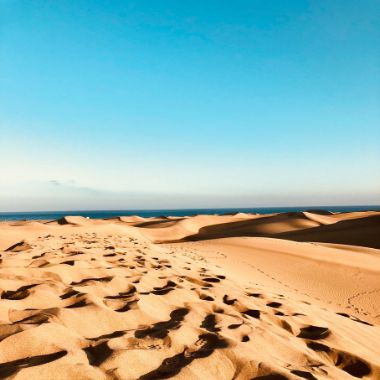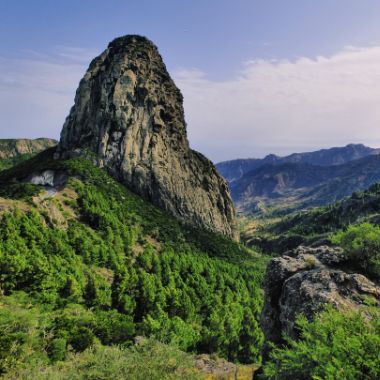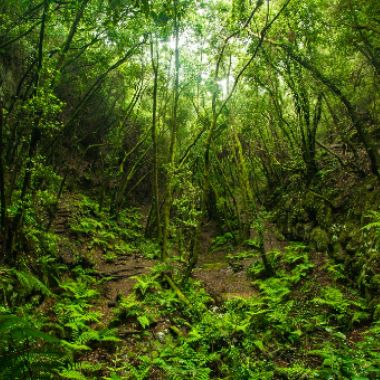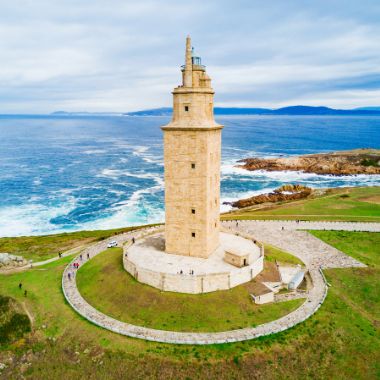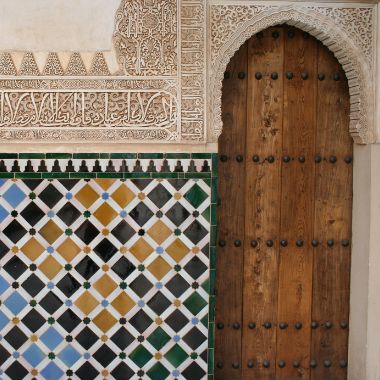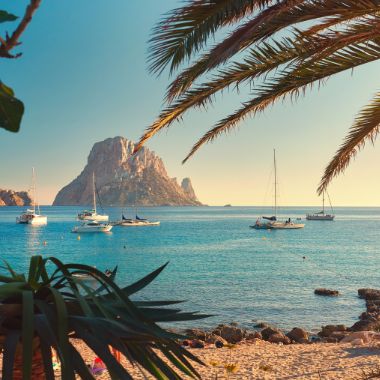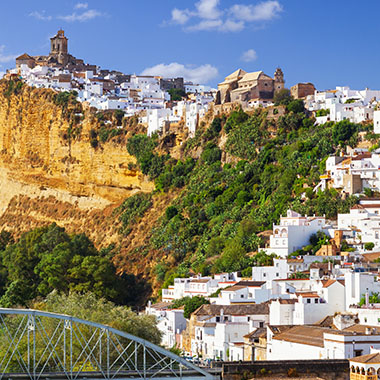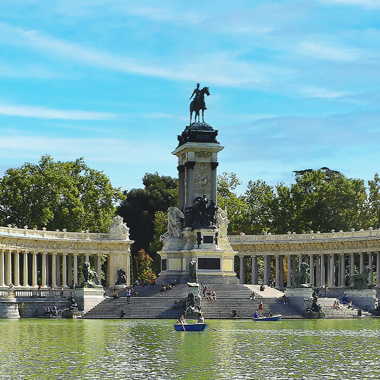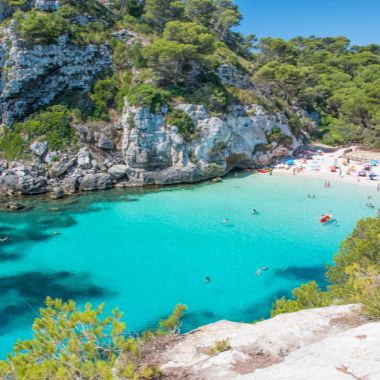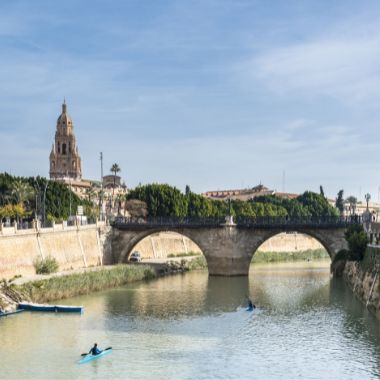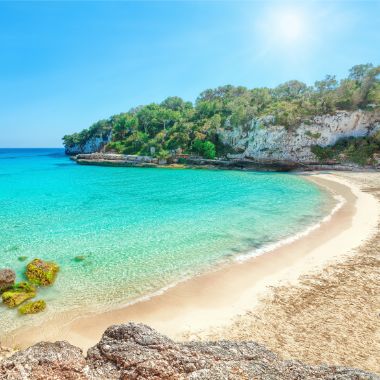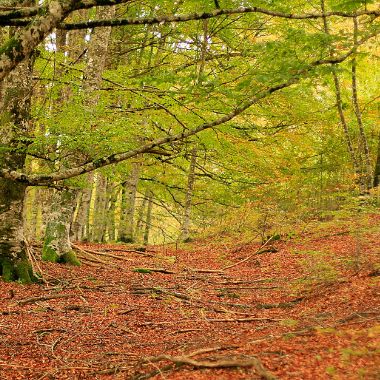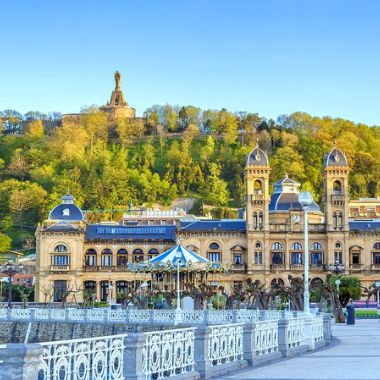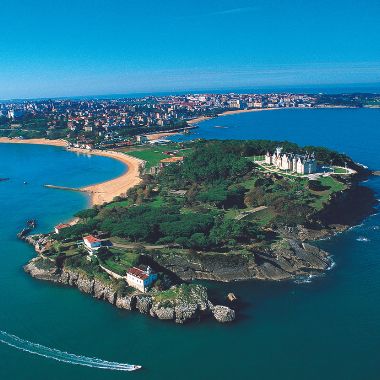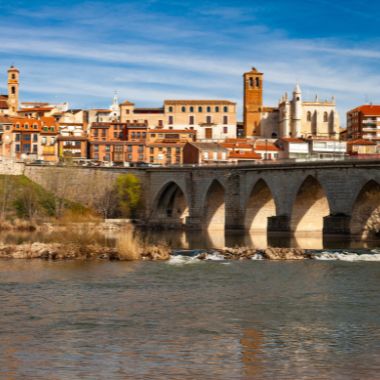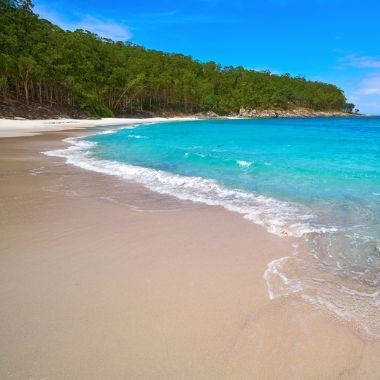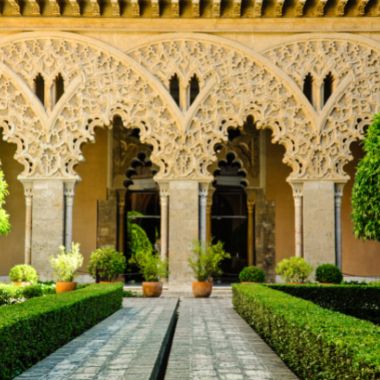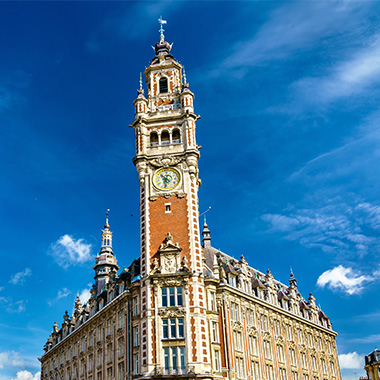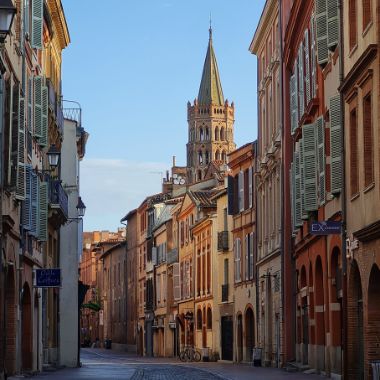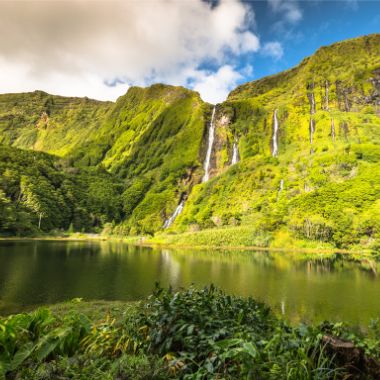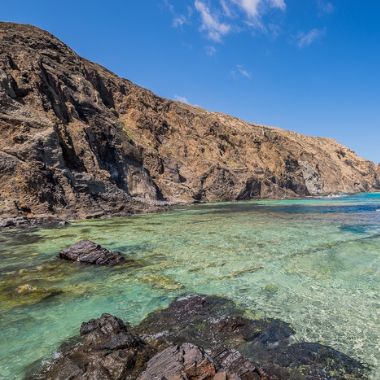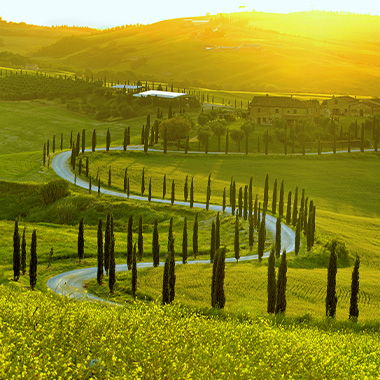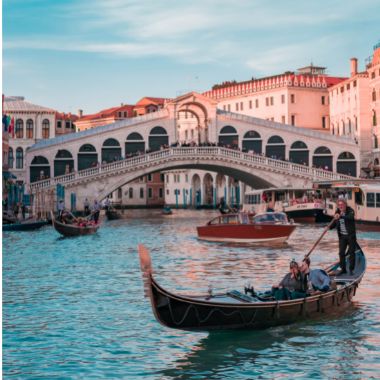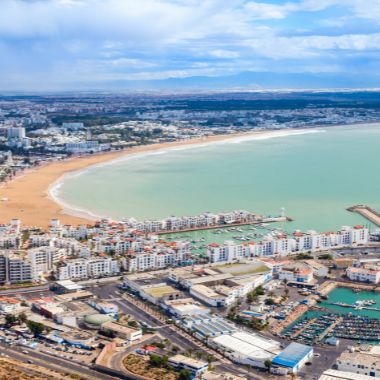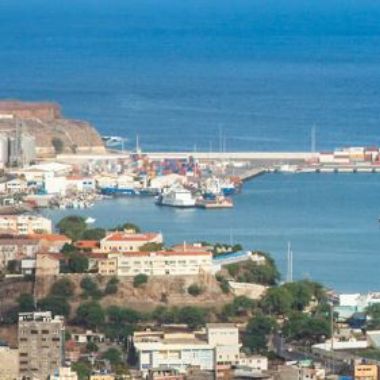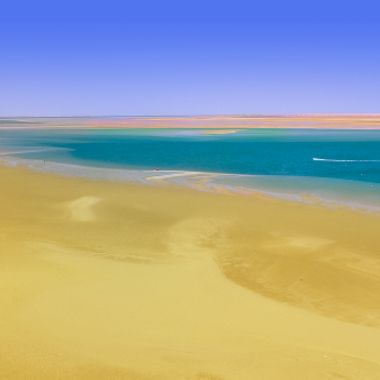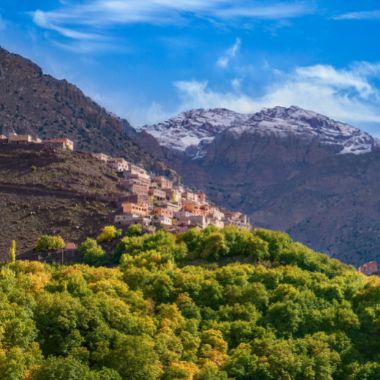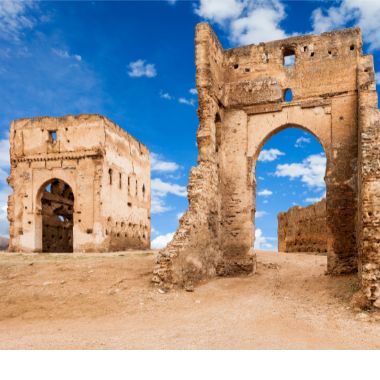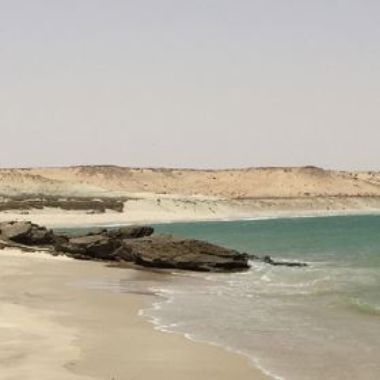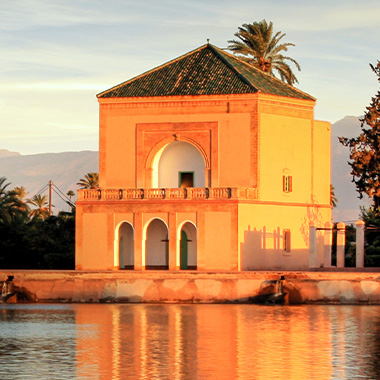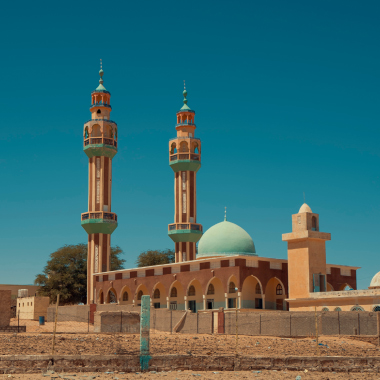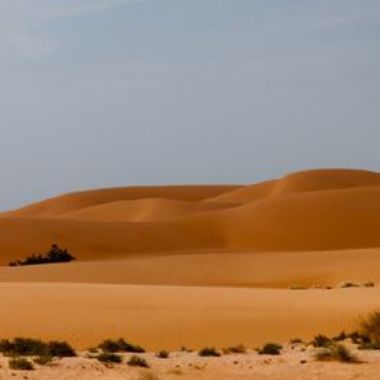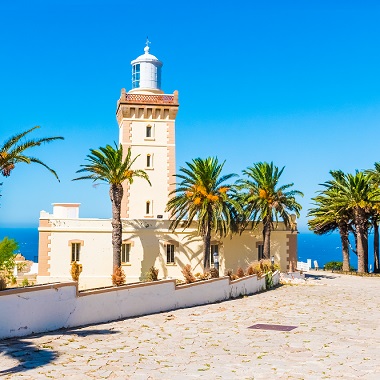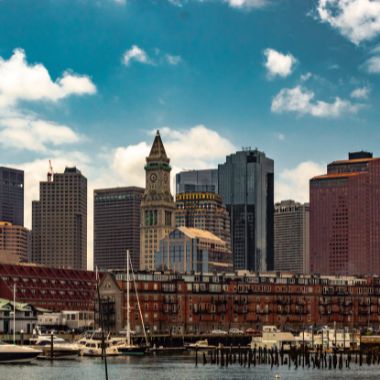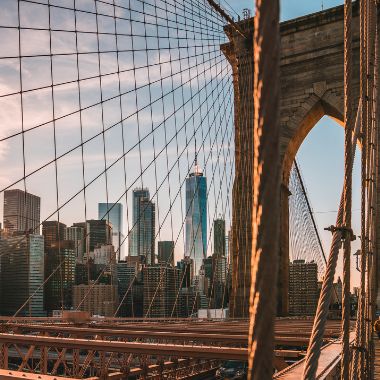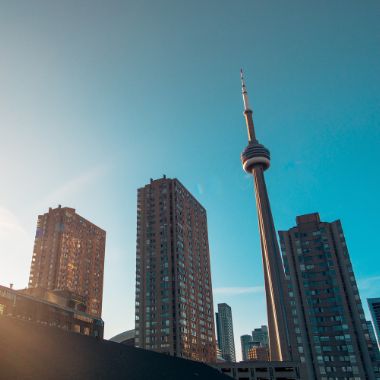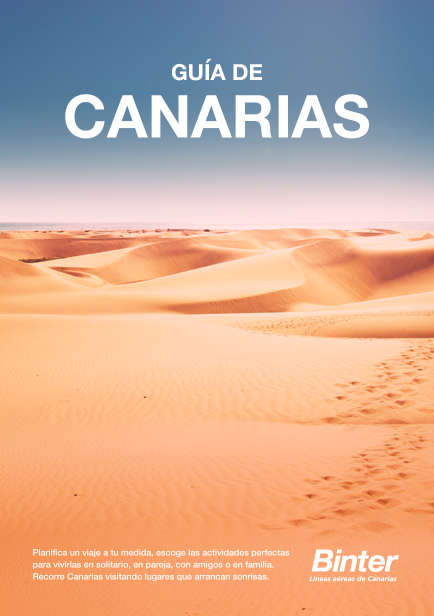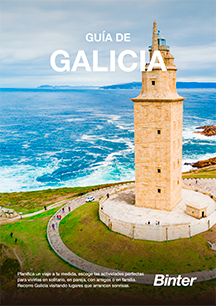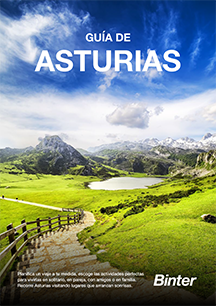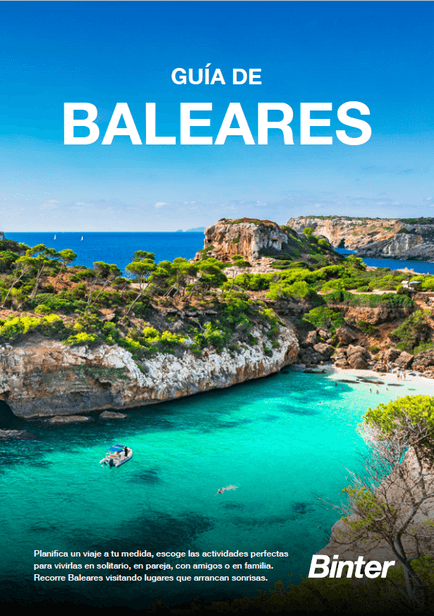Main content:
Our travel guides
In our guides you will find everything you need to make the most of each destination. Discover what to see, where to eat and much more in our travel guides..
Canary Islands
The best climate in the world
The Canary Islands, also known as Las Afortunadas or Las de los Bienaventurados, have been described by many as a paradise. This is due, among other things, to its stable and mild climate throughout the year, its fine sandy beaches, the particular plant life of the islands, their rich history and culture, and the great hospitality that distinguishes us.
Mainland and Balearic Islands
Endless possibilities
Spain is one of the most visited countries in the world. Its history and customs, its gastronomy and its rich landscape and heritage make it difficult to choose a specific destination. The Balearic Islands are a jewel with their charming little coves, kilometres of fine sandy beaches, spectacular viewpoints and nature reserves.
France
A country to fall in love with
France has topped the list of the most visited countries in the world for years. There are many tourist attractions in this country. Its culture, gastronomy, heritage and variety of landscapes offer a multitude of options for everyone.
Portugal
Tradition and nature
Travelling to Portugal is to feel at home but also to soak up the friendliness of its people, its culture and its landscapes. As well as the mainland, Portugal has the archipelago of the Azores and the island of Madeira, treasures in the middle of the Atlantic Ocean that will not leave you indifferent.
Italy
A walk through history and art
Itallia has countless historical gems that remind us that it was the cradle of one of the greatest empires in history. Its culture, similar to that of Spain, as well as its popular gastronomy make it a country to visit from one end to the other.
Western Africa
A continent of contrasts
The vastness of the continent offers a multitude of destinations to enjoy. The major cities delight us with markets full of life and colour, the desert hypnotises and invites us to adventure and exploration.
America
Tourism for all public
North America offers a wide range of options for tourists. National parks where you can disconnect in the middle of nature, and big cities where you can get lost among its skyscrapers, leisure, culture and sports. Here each person chooses their own adventure.
Discover all the spots of our destinations
Delve into the history of each of the destinations, their gastronomy, and get to know the places of interest. You'll find all the essentials in this guide... and a few surprises too!.
